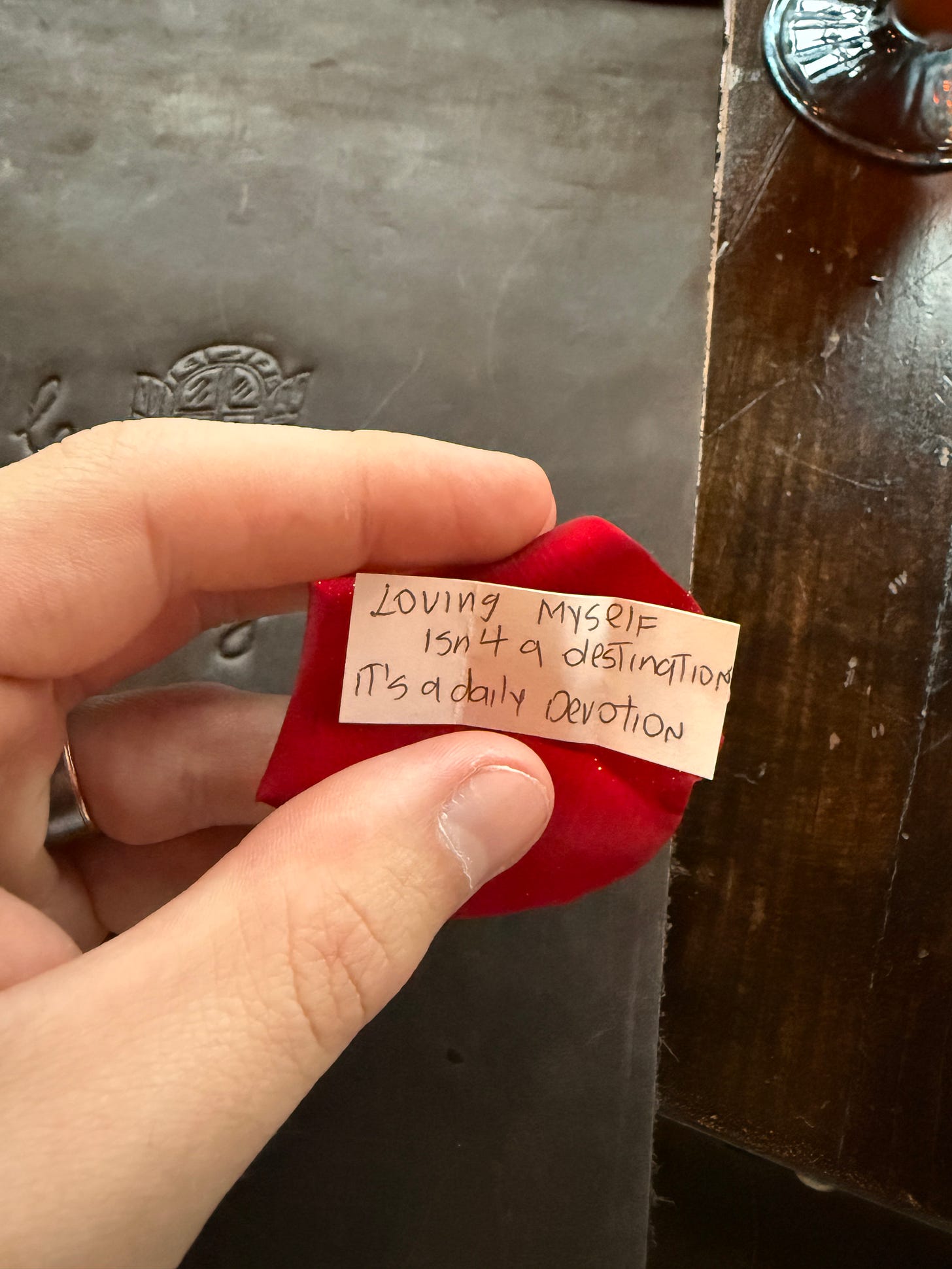🥘A Simple Recipe For Moving More
Every now and again, I like to think about the ways in which exercise can be more accessible for people.
Truly, there are a myriad of factors that limit people from exercise.
No access to a gym.
Expensive equipment.
Injuries and pain.
Busy work schedules.
Children.
Not e…
Keep reading with a 7-day free trial
Subscribe to High Performance Health to keep reading this post and get 7 days of free access to the full post archives.



